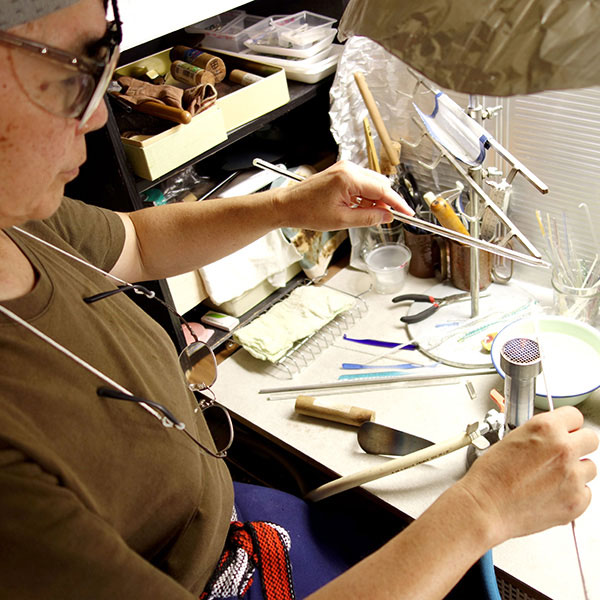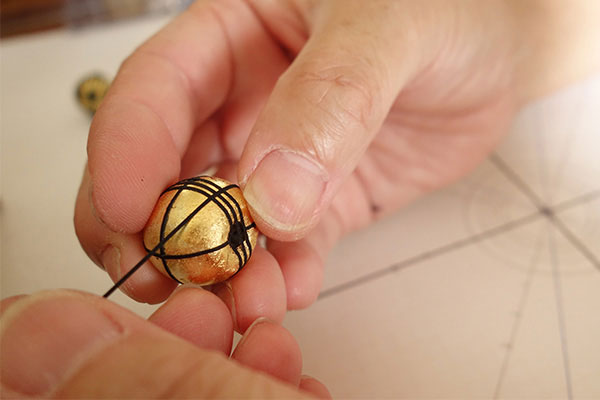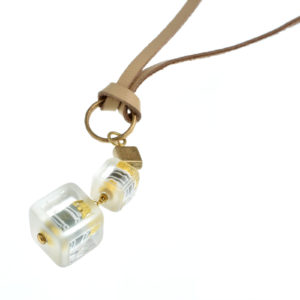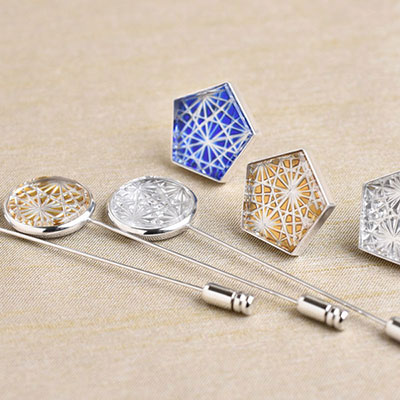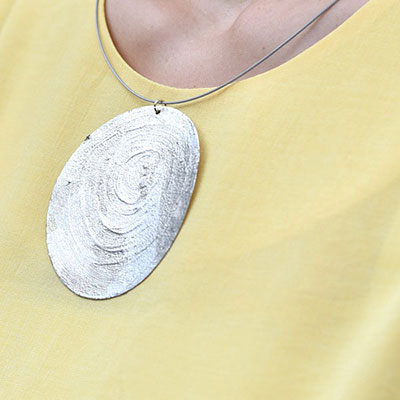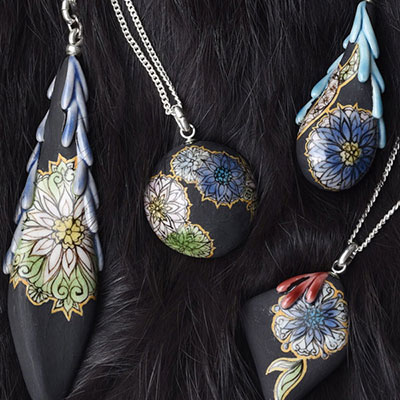
| Brief Personal History | |
| 1985 | Started working with glass |
|---|---|
| 1979 | Started working as Speech Language Pathologist |
| 1978 | Graduated from Ritsumeikan University, Japan (Psychology) |
| 1955 | Born in Kobe, Japan |
| Exhibitions | |
| 2014 | The 53rd Japan Crafts Exhibition |
| 2002 | Japan Contemporary Glass Art Exhibition, Notojima |
| AWARDS | |
| 2004 | Glass Craft Triennial Department/Itami International Craft Exhibition (Grand Prix) |
| 2001 | Glass Craft Trienniale (Tazaki Pearl Prize) |
| 2000 | Osaka Craft Exhibition (President’s Prize) |
